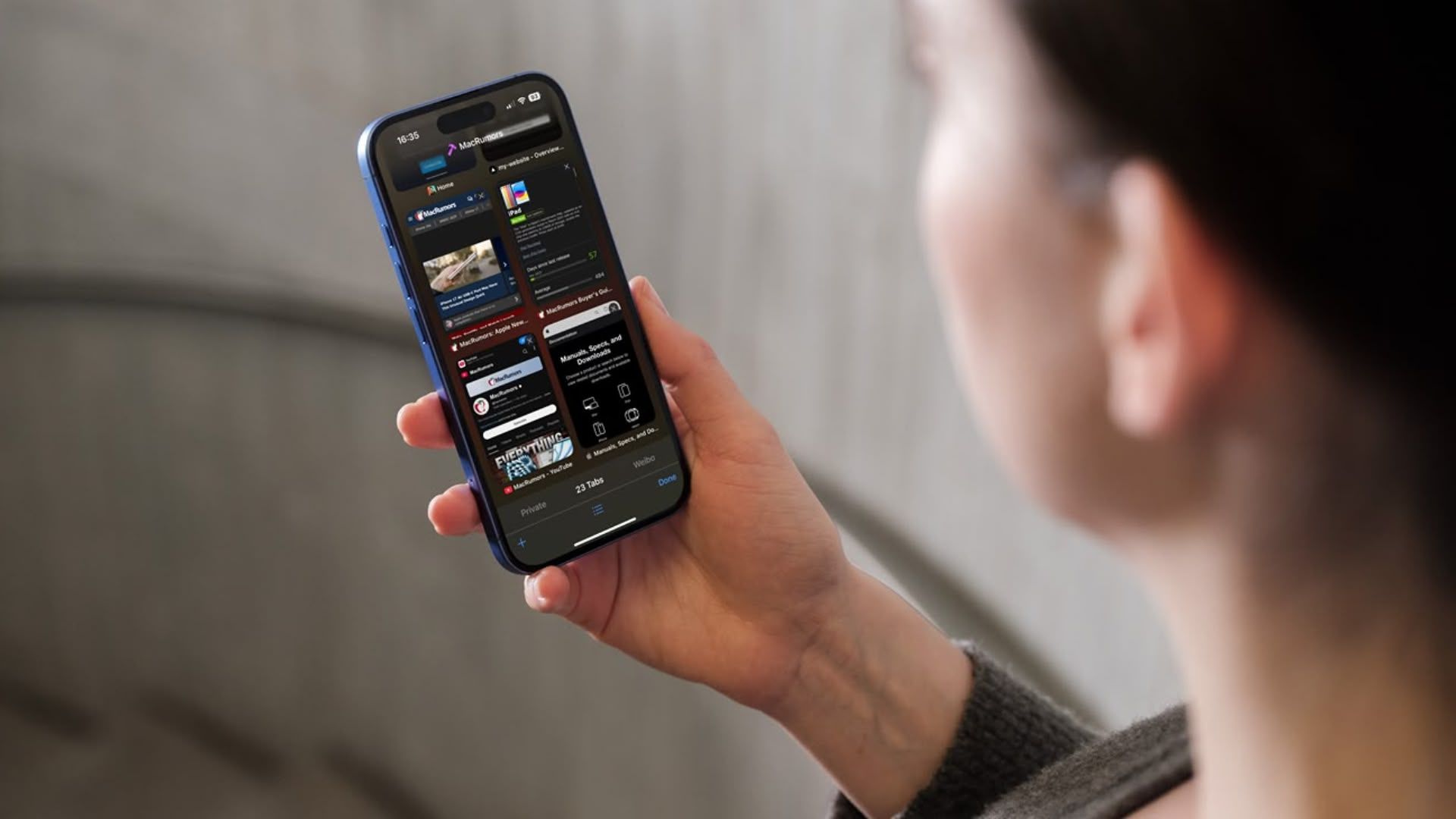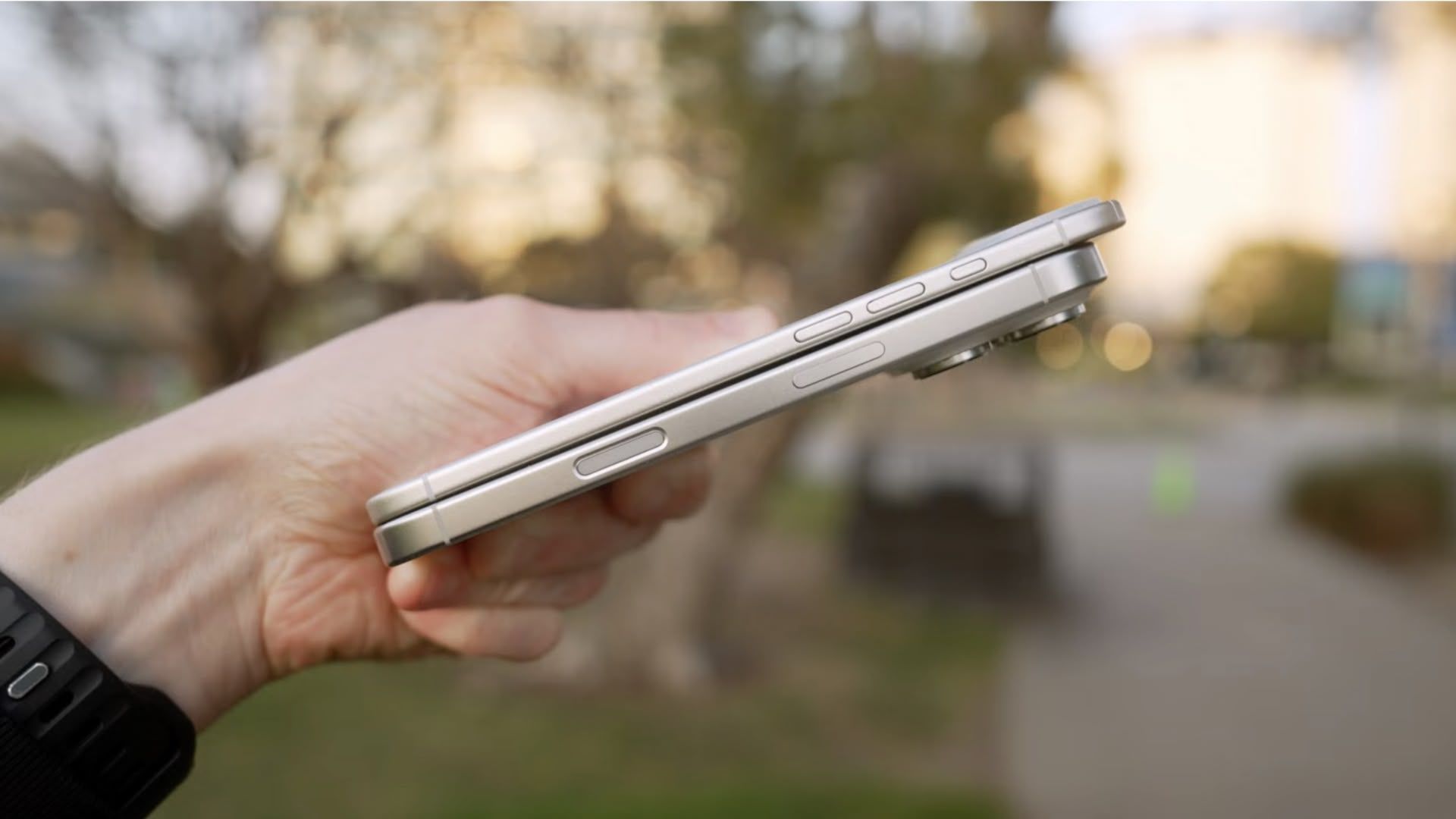Aniwaa, known as one of the largest and most comprehensive 3D printer databases, has shut down its operations.This story leads off our 3D Printing News Briefs today, and then we move on to the early access launch of Print on Demand (PoD) functionality on Thangs, which was acquired by Shapeways.We’ll end with medical news, as ABCorp 3D announced ISO 13485 medical device certification of its AM center in Boston, and researchers used 3D printed molds to create dissolving microneedles for veterinary medicine.
3D Printer Database Aniwaa Shuts Down Operations French company Aniwaa, one of the largest 3D printer databases, recently ceased operations.As the database covered 440 3D scanners, more than 1,900 3D printers, and over 150 post-processing systems, its closure leaves a major gap in the 3D printing information sector.Aniwaa was founded as a side project in 2013 by Martin Lansard and Pierre-Antoine Arrighi, but evolved into an influential B2B platform.
The two wanted to create accessible, structured information about the growing 3D printing industry, and Aniwaa became a trusted resource for industry professionals and technical buyers with its comparative analyses, detailed technical specifications, and comprehensive market overviews.Several attempts were made to monetize the database, but the platform was unable to build a sustainable revenue model.Its challenges mimic broad trends in the information services sector: technical comparison platforms often have challenges with providing valuable free content while making enough revenue to sustain themselves.
So the company’s closure may shed light on the need for new models of AM information sharing and evaluation.“After exploring various options, I ultimately made the call to close the company.It was not an easy decision, but it was the right one,” Lansard wrote in a LinkedIn post.
“Shutting down is part of the startup journey.We all know that going in.But when it happens, it still feels like a failure.
And emotionally, it took time to process and overcome.I needed to step back, reflect, and properly close this chapter.“I’m incredibly proud of what we built, and deeply grateful to everyone who supported us along the way: our team, customers, partners, and the many friends we made in the AM community.” Months ago, the company’s Technical Advisor and Co-Founder Arrighi moved on to Sopra Steria Next, the consulting firm of Sopra Steria Group.
Lansard is now heading the Digital Platforms division for Wohlers Associates, powered by ASTM International.Shapeways Announces Early Access Launch for Print on Demand with Thangs MCM Vase by Lofted Goods 3D printing service bureau Shapeways announced the early access of Print on Demand (PoD) functionality on 3D model platform Thangs, which it acquired right after its relaunch in late 2024.This is a major milestone in rebuilding Shapeways Shops with a more scalable and creator-friendly focus, and the second step in Shapeways’ multi-phase strategy to support creators in monetizing their work.
The new PoD feature will be intentionally limited, with a select group of designers invited to offer their physical products directly through Thangs, powered by Shapeways.The next step will be a self-service launch, with automatic onboarding for eligible designers, and the final phase will be the full relaunch of Shapeways Shops.Designers who are in the early access program right now can sell dozens of products, like mechanical parts and artistic vases, through the intuitive Thangs interface.
Shapeways is working with its Shop Owner Council, and the wider design community, to co-develop the platform, using feedback to inform enhancements like IP safeguards and monetization tools.“We’re really happy to be launching the Print on Demand feature within Thangs already and make good on the ambitions we had from the very start of the journey.We are always mindful that the progress we want to see will take time, and we strive to put our customers first while driving developments forwards.
This initial iteration of the Print on Demand button lets us prove out the system, learn from the implementation and ensure that we successfully reach the ultimate goal for this part of the journey: to bring back the full Shapeways Shop experience and strengthen the Thangs community by offering additional means to monetize on their designs and products,” said Marleen Vogelaar, CEO of Shapeways.ABCorp’s AMC Receives ISO 13485 Medical Device Certification In 2021, ABCorp, which first began as secure printers for the First Bank of the United States, opened an Additive Manufacturing Center (AMC) in Boston.The company has now announced that the AMC received ISO 13485:2016 medical device certification.
The AMC is located with ABCorp’s secure facility, which is 125,000 square feet and features a number of materials; industrial and full-color 3D printers from HP; production printers from Desktop Metal; and AMT’s PostPro3D smoothing technology.ISO 13485 is the internationally recognized medical device standard for quality management systems (QMS), and it protects consumers by ensuring quality and uniformity in medical device manufacturing.The standard outlines requirements that help organizations create 3D printed medical devices that meet both regulatory and consumer demands for safety and efficacy.
Achieving this certification means that the manufacturer has implemented a comprehensive QMS, which improves its credibility, and there are many benefits to patients, such as enhanced safety, cost and risk reduction, and superior product quality.“Procuring ISO 13485 certification has been a top priority for ABCorp, and we are thrilled to announce this achievement.Since its inception in 1795, ABCorp has prioritized quality, safety, and client service, all of which are significantly enhanced with ISO 13485 certification,” said Neil Glazebrook, VP of 3D Solutions at ABCorp.
“ABCorp boasts a rich history of over 225 years, delivering vital goods and services to leading corporations as well as federal, state, and local government entities across more than 120 countries.The advent of additive manufacturing, particularly 3D printing, grants our clients unparalleled design flexibility and is truly revolutionary in the medical device sector.This innovative technology encompasses prototyping, fitting, and even highly customized production — all of which are greatly enhanced by ISO 13485 certification.” 3D Printed Master Molds Used to Make Microneedles for Veterinary Medicine The use of DLP 3D printing in dissolvable patches production for a potential treatment of various conditions in veterinary patients, including gum disease, dermatological issues, vaccine delivery, and vision problems.
Finally, microneedle (MN) technology has many benefits over conventional drug delivery, but while there are plenty of examples of MN applications for humans, not much research has been conducted into their use in veterinary medicine.A team of researchers from Wrocław University of Science and Technology and the International Institute of Translational Medicine in Poland describe in their paper how they used digital light processing (DLP) 3D printing to create master molds for dissolvable MN patches made of PVP (polyvinylpyrrolidone) and PVA (polyvinyl alcohol).While small, MNs display a large number of micron-sized needles, which painlessly transport different molecules—like vaccines—through micropores in the outermost layer of skin.
They have great potential for veterinary use, as they have a faster healing process at the application site in comparison to hypodermic needles, and they can even be applied by pet owners.The research team developed a repeatable process in which the MNs made through a two-step molding process can easily penetrate the outer layers of an animal’s skin and quickly deliver a model drug.A great future application for this is treating animal gingival diseases, which affect many dogs and cats.
“In our research, we have presented the use of DLP printing in microneedles production dedicated to veterinary solutions,” the researchers concluded.“Patches containing microneedles (conical or pyramidal) arranged in a 10 × 10 arrangement with a height of 600 µm were designed.The microneedle arrays were replicated using a two-step molding technique.
The first step used DLP 3D printing technology to make the microneedles and mold from PDMS polymer.Second step was to replicate 3D printed designs via molding polymers into PDMS mold to form dissolvable PVP/PVA microneedles.Comparative analysis between microneedles printed using DLP technology and their counterparts made from polymers didn’t reveal any significant differences in dimensions, surface, and sharpness.
Pyramid-shaped needles performed slightly better.Importantly, the replicas exhibited properties suitable for clinical applications, including veterinary medicine.However, the comparison between the CAD model and DLP (digital light processing) prints revealed a substantial reduction in the height of the microneedles, which was approximately 100 μm.
This observation is a crucial factor that should be considered when designing the CAD model for future MNs preparation.”
Subscribe to Our Email Newsletter
Stay up-to-date on all the latest news from the 3D printing industry and receive information and offers from third party vendors.Print Services
Upload your 3D Models and get them printed quickly and efficiently.Powered by FacFox
Powered by 3D Systems
Powered by Craftcloud
Powered by Endeavor 3D
3DPrinting Business Directory
3DPrinting Business Directory








